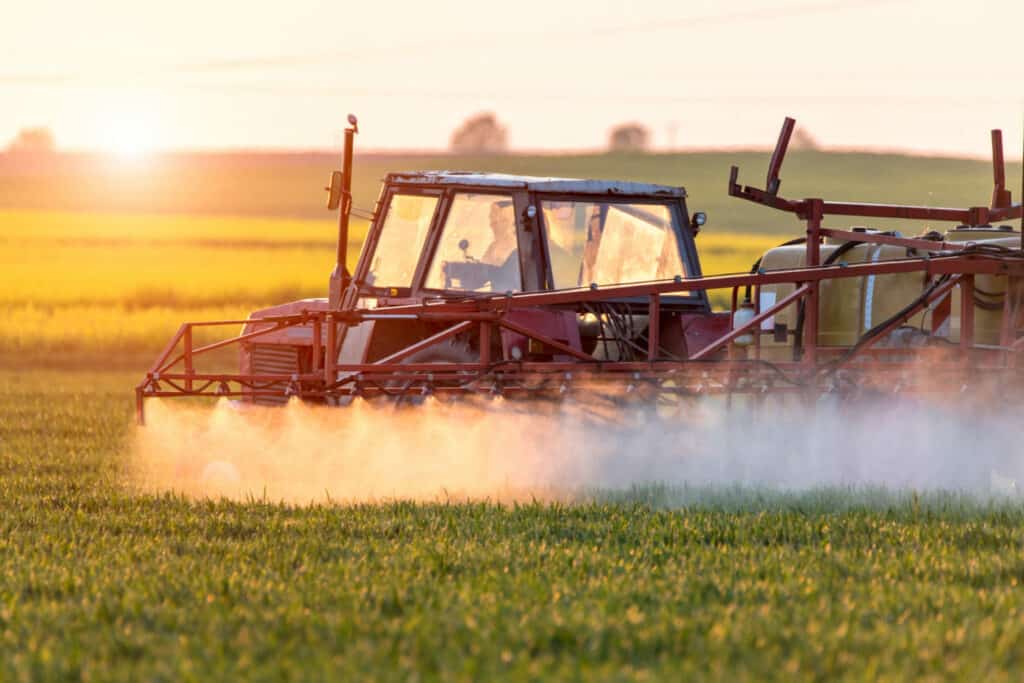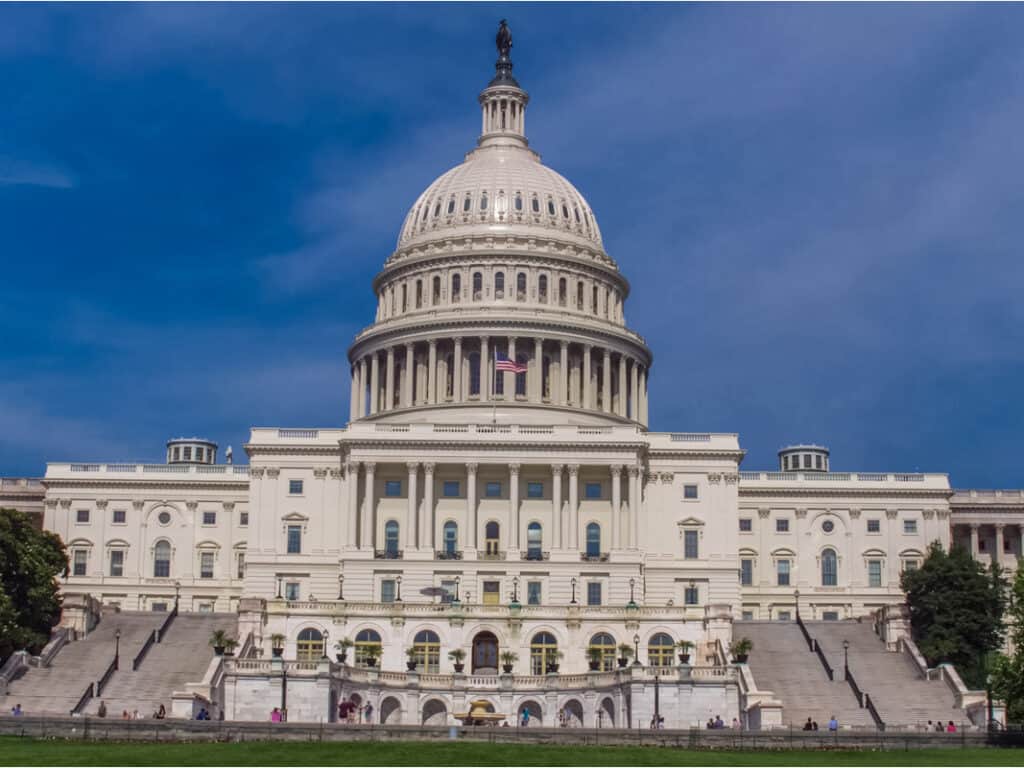8 key themes in responsible sourcing for 2022
As businesses continue to navigate disruption in 2022, we outline key trends that will help organisations understand how to operate more ethically, manage risk and support supply chain resilience.
2022 sees a continuation of disruption, uncertainty and challenges for business. The COVID-19 pandemic still affects the availability of labour, materials and services, while political tensions and increased scrutiny from various stakeholders apply additional pressure.
These factors make responsible sourcing all the more important to safeguard workers and operations. Both may be more vulnerable, particularly supply chain workers who are already considered at greater risk of exploitation due to the pandemic.
Whether your company is just developing a responsible sourcing programme, or evolving existing activities, we’ve outlined important topics and considerations for 2022.

Join our experts on 3 February for a live discussion on key trends in responsible sourcing
1. Legislation continues to drive business accountability and action
In 2021 several nations passed laws that place greater responsibility on businesses to be more transparent about their supply chains and take steps to manage risks to workers and environments. Legislation is increasingly detailed and broad in scope, with some looking beyond a country’s borders and deeper into supply chains.
Norway, Germany and the USA[1] passed national legislation, while in other countries regulation increased for some industries – such as a court ruling in the UK[2] and a new law in Spain[3] stating that gig economy workers should be classed as employees.
This trend will continue throughout 2022. Norway’s Transparency Act becomes effective in July, the UK may update its Modern Slavery Act, and the European Commission should release the draft of their mandatory human rights and environmental due diligence legislation. The Netherlands may also develop a supply chain due diligence law[4].
2. Modern slavery remains the main social focus
Many factors that increase the risk of modern slavery remain present – political unrest, climate degradation, disruption across global supply chains, and the ongoing COVID-19 pandemic. A new report from the International Labour Organization, due in the first half of 2022, will likely show more victims of modern slavery than ever before.
Modern slavery also remains the main focus of issue-specific laws, such as and Modern Slavery Acts. We may see more import bans introduced in 2022, alongside companies evaluating their exposure to the risk of forced labour and potentially withdrawing from high-risk countries and sectors.
In Sedex’s risk assessment tool, 47 countries indicate as “high risk” for forced labour[5].
3. Managing and recovering from ongoing pandemic disruption
As disruptions apply new pressures and exacerbate existing fault lines in supply chains, organisations of all types must adapt to better manage these challenges.
Businesses continue to experience challenges such as labour shortages, local lockdowns and transport gridlocks, while political tensions affect sourcing capabilities. The longer that these challenges continue, the more companies appreciate the value of a robust supply chain.
Particular risks to workers include extensive working hours, compromised health and safety standards, and reduced visibility of working conditions as businesses rush to engage new suppliers. Looking further ahead, as we move into recovery periods companies may face stakeholder scrutiny on whether they have “built back better” – with little sympathy for those that made hefty profits while supply chain workers went unsupported.
4. Climate change, human rights and a “Just Transition”
The COP26 conference in November 2021 renewed the focus on environmental targets. Many companies are putting more resources towards measuring environmental impacts across their supply chains, and defining science-based targets to reduce these impacts. Businesses and governments are under pressure to demonstrate both commitment and action.
As industries explore new technologies, the intersection between climate change, potential solutions and human rights is becoming more widely recognised. The environmentally friendly solutions developed and implemented need to uphold human rights, and account for any potential risks to people.
We already know that there are significant human rights risks in some renewable energy supply chains. In our risk assessment tool, the metal ores mining sector is “high risk” for many issues including poor health and safety, excessive working hours, and restrictions to freedom of association – yet many green technologies rely on minerals that must be mined[6].
Climate change and its impacts are also drivers of modern slavery, through damaging ecosystems and displacing local people who are then more vulnerable to exploitation. Businesses in affected regions may try and mitigate the effects of climate change on their workers and operating environments.
5. Diversity and inclusion
In 2021, business activities around diversity and inclusion were mainly responses to the public pressure surrounding the tragic death of George Floyd in 2020 and the Black Lives Matter movement. In 2022, stakeholders – especially the public – will expect companies to make good on their commitments and set long-term strategies.
Leading international companies, and some governments, are broadening their diversity and inclusion strategies to more explicitly include racial disparity, indigenous peoples and LGBTQ+ communities as part of efforts to increase inclusion and tackle discrimination. For example, Canada has committed to awarding more public procurement contracts to indigenous businesses[7].
6. Pressure from investors and the media
The investment community’s interest in companies’ environmental, social and governance (ESG) practices is growing. Investors, asset managers and other financial institutions can influence companies to take action to address risks and make positive changes through offering financial incentives tied to ESG performance.
Media attention on brands is likely to continue, resulting in intense scrutiny and criticism for those linked to unethical activity in their own operations or supply chains. This could include a closer focus on brands’ purchasing practices, especially when companies have profited during crises.
7. Going beyond compliance to implement more thorough due diligence
All of the above themes contribute to companies taking an increasingly holistic approach to responsible operations.
There is a widespread push for companies to move away from compliance-focused strategies to more thorough due diligence incorporating activities such as risk analysis, deep-dive or targeted assessments like Human Rights Impact Assessments, and more effective worker and other stakeholder engagement.
Some companies are making public pledges to go beyond minimum requirements, for example Unilever[8] and Tesco[9]’s commitments to living wages.
As the conversation around ethical operations evolves, businesses further down the supply chain are becoming more engaged. Suppliers may increasingly take responsible sourcing into their own hands, challenging buyers and pushing back against long-established but imbalanced purchasing practices which can exacerbate working conditions on site.
8. Increased use of technology and data solutions to tackle risks
Technology and data are powerful tools for tackling all of the issues discussed here.
Accurate data gathered and analysed through sophisticated platforms, enables companies to understand working conditions, workers, risks and impacts – positive and negative – throughout their supply chains. Technology such as automation and robotics, help to combat labour shortages or increased labour costs – so companies across a variety of industries are investing heavily in tech-based solutions.
The growth in ESG reporting means businesses are gathering and integrating increasing amounts of data, working towards total value chain visibility that includes suppliers like logistics and service providers. Businesses also face pressure to be transparent and publicly report on their performance against their targets, commitments, and operational impact.
Learn more at our webinar on 3 February, when Sedex experts will discuss the must-know trends in responsible sourcing.
Sedex recommendations
- Data is the key to understanding the people, operations and working conditions across your supply chain. Gather data from as many suppliers as you can, storing it on a single platform to enable integrated analysis and reporting.
- Learn about ESG and ESG reporting. Your company might already track performance in relevant areas, and may be able to meet some reporting requirements with minor adjustments.
- Regular risk assessments will help your company to stay on top of changes to the human rights and environmental risks in your supply chain.
- Make sure your company knows what new supply chain transparency, modern slavery and due diligence legislation is relevant to them, so that you can prepare to meet the requirements of these laws.
- Establish and maintain regular, open communication with your suppliers – this will help to manage current disruptions and build long-term resilience. Work with your suppliers to identify mutually supportive responses to crises, to help sustain your supply network and support workers.
Need help with where to start? Our Consulting team can help you prioritise your activities and resources.
Contributors: Jessica McGoverne, Kate Robinson, Tom Sewell, Rosie Iron, Olivia Thomson
[1] The Uyghur Forced Labour Prevention Act, signed in December 2021
[2] Ruling against Uber in February 2021
[3] New Spanish law in May 2021
[4] See comments made in December 2021
[5] Announced in August 2021
[6] Commitment to living wages for direct suppliers, announced in January 2021
[7] Commitment to paying the living wage gap to banana producers, announced in October 2021



